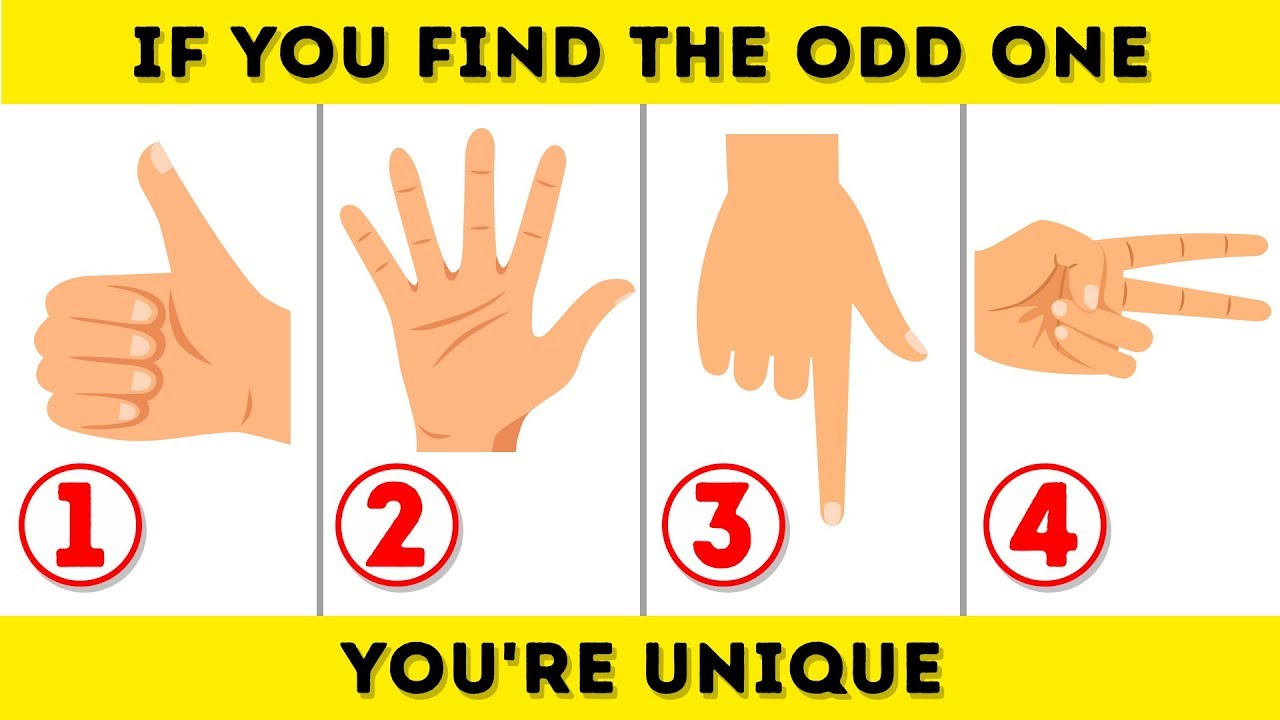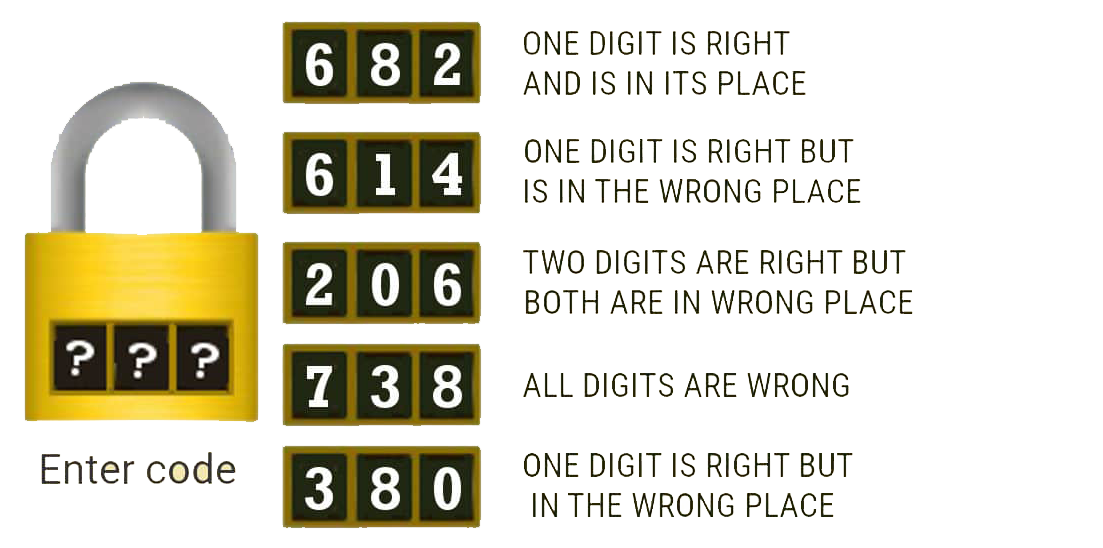Holi is also known as the “Festival of Colors”.
This festival signifies the arrival of spring and the spreading of happiness and positive energy. The vibrant colours are said to represent joy, love, and unity among people, as well as the celebration of the triumph of good over evil.
Holi is a well-known festival in India that is celebrated with great fervour in various regions throughout the country, including in almost every city and state. The way in which Holi is celebrated varies from state to state, reflecting the rich cultural diversity of India. Here’s how most Indian states (or parts of them) celebrate this wonderful festival of colours in their unique ways.
Rang Panchami – Maharashtra
In the western state of Maharashtra, Holi is celebrated as “Rang Panchami”. On this day, people play with coloured powders, sing and dance to the beat of dhols and feast on traditional sweets and savoury dishes. In some parts of the state, a unique tradition of singing and playing musical instruments on the streets is also observed.
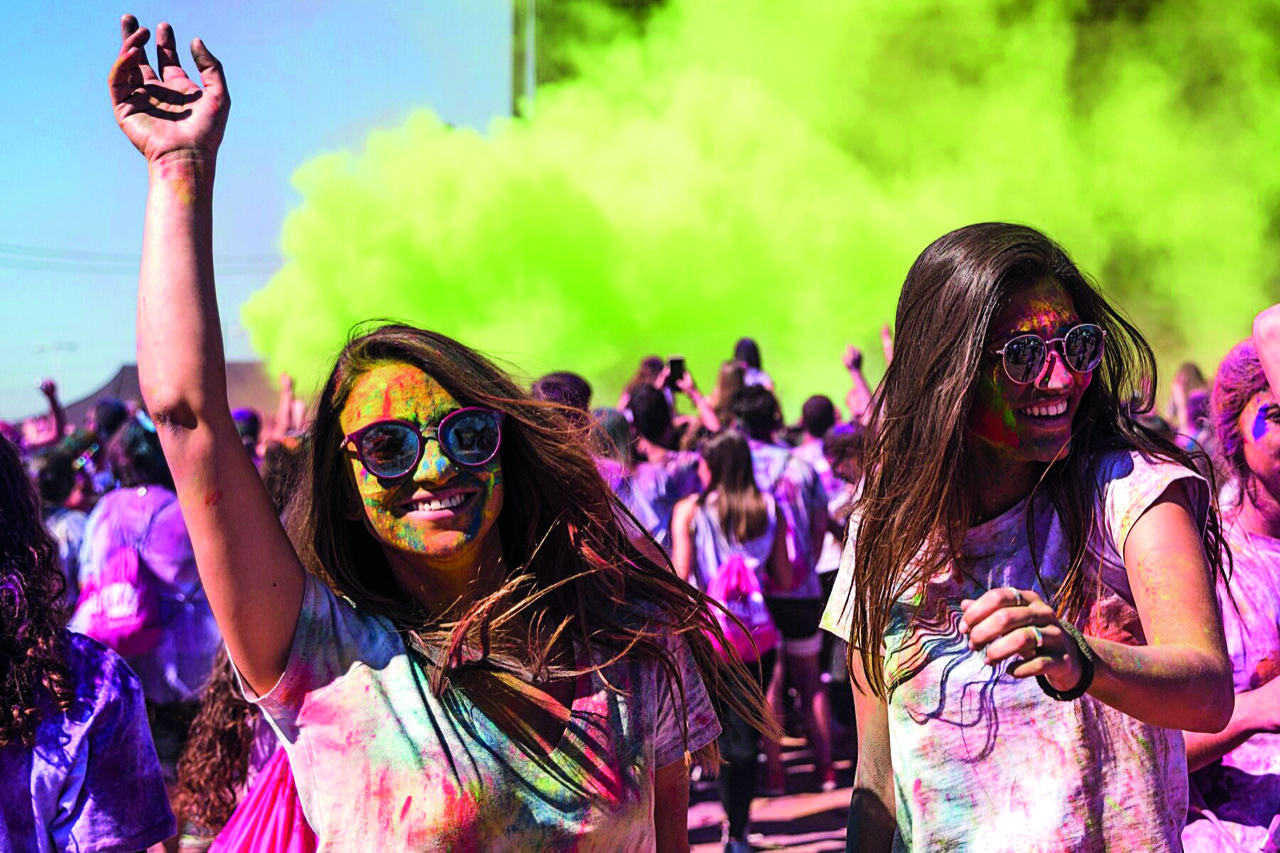
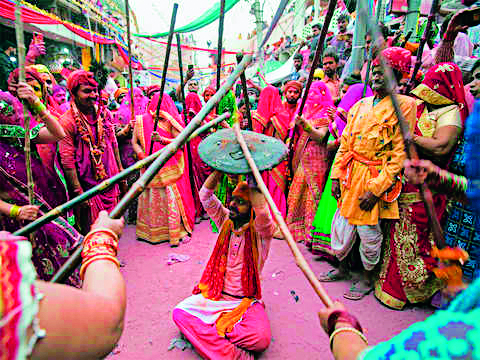
Lathmar Holi & Holi Milan – Uttar Pradesh
The festival is said to be a recreation when Lord Krishna visited his beloved Radha’s town. Krishna teased Radha and her friends, who in turn responded by taking offence at his advances and driving him out of Barsana. Keeping in tune with the legend, the men visit the town every year, only to be greeted by sticks (aka lathi) from the women there.
Holla Mohalla – Punjab
Punjab celebrates ‘Hola Mohalla’, which looks, sounds and feels like a Holi for warriors!
It is celebrated a day before Holi.
The celebration exhibits a profound display of martial arts, horse-riding and reciting poetry, primarily to pay homage to the bravery of the Sikh warriors, particularly of the sect known as ‘Nihang Sikhs.
This is later followed by music, dance and colours.
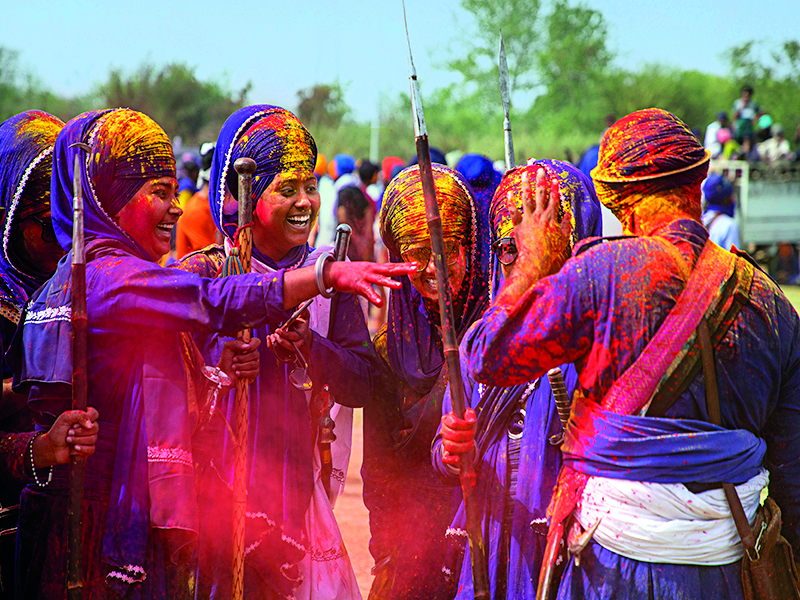

Shigmo – Goa
The spring festival in Goa is called Shigmo. It is organized as a massive carnival with traditional folk songs and street dances, apart from playing with colours. As Goa is a coastal state with the primary occupation being fishing, the fishermen’s boats are vibrantly decorated with religious and mythological themes.
There are two customs of celebrating Shigmo:
‘Dhakto Shigmo and Vhadlo Shigmo’, meaning small Shigmo and big Shigmo, respectively.
‘Dhakto Shigmo’ is celebrated by the rural population, farmers and labourers, while ‘Vhadlo Shigmo’ is celebrated by everyone else.
Royal Holi – Udaipur
As the name suggests, Holi celebrations are done in Udaipur on a grand scale. Known as the kingdom city of ancient Mewar, the traditional festivities of this dynasty are continued till today by the Mewar Royal Family.
On the eve of Holi, the bonfire is lit by the current custodian and the effigy of ‘Holika’ is burnt. A flamboyant parade of decorated horses and the royal band follows.
It’s quite a spectacle!
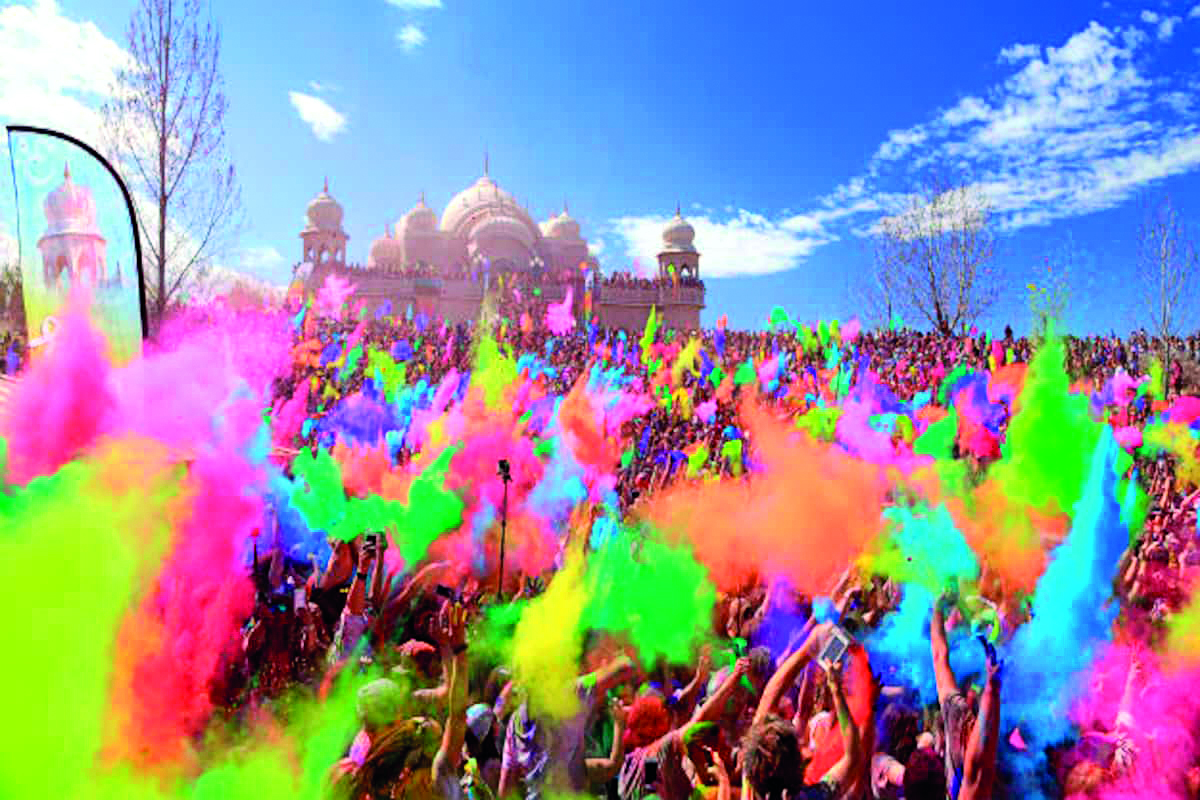
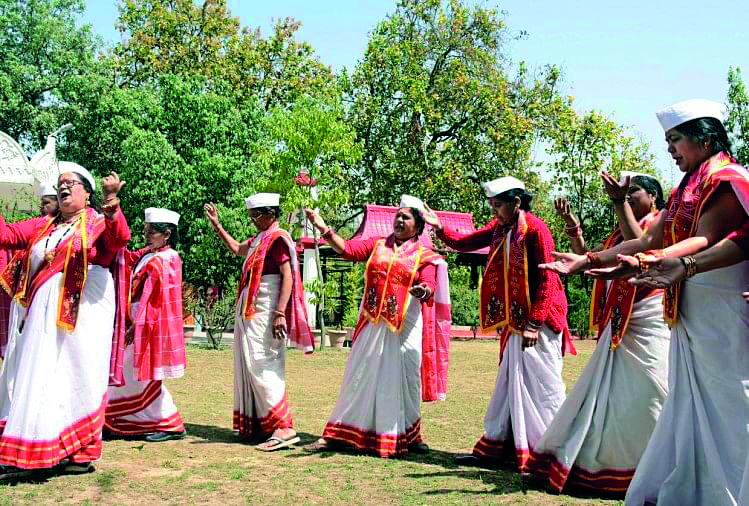
Kumaoni Holi – Uttarakhand
Kumaoni Holi is a celebration in the Kumaon region of Uttarakhand that happens across many towns over a couple of months. This festivity is more of a musical affair than of colours as in the other states.
People light the Holika pyre (which is a bonfire with a green Paiya tree branch in the middle) known as ‘Cheer’.
Holi here is commemorated in three different forms:
Baithaki Holi: The locals sing songs and showcase a musical performance with classical instruments.
Khadi Holi: Men are donned in traditional garb as they sing and dance on Holi songs with instruments like the ‘Dhol’ and ‘Hurka’.
Mahila Holi: As the name suggests, this celebration is exclusively organized for women (mahila) and is a form of ‘Baithaki Holi’.
